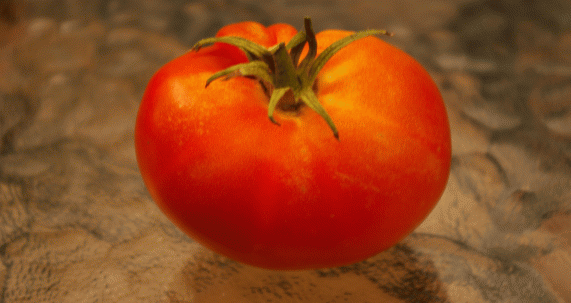Now, when this hot summer seems to let us breathe and the weather slips slowly until fall, the Vía de la Plata (Silver Way) gets the hustle and bustle of pilgrims again, looking for their own way to Santiago. Zafra, in the south part of this route, is the perfect spot for a rest on the road.
Mozarabic Way, this one which goes across the Peninsula from South to North, is the original way. According with one of the most famous theories about the origin of the way, Saint James’ disciples arrived in Seville and took his corpse to the end of the known world, to Finis Terrae, using the same paved road built by Romans for military and commercial purposes.
This road was full-equipped for traveller’s necessities and medieval pilgrimage gave it a new dimension. In the 20th Century, the societies of the Friends of Saint James revived this way for walkers and pilgrims.
In this context, Zafra takes on importance as a commercial hub in the Middle Ages: medieval pilgrims could find a market in the current Plaza Chica, where get some supplies, a new pair of boots o a blanket. Next to this market it was Saint James’ Hospital, that provided health attention and cares.
Zafra is between Medina de las Torres and Villafranca de los Barros. Medina was a roman mansio (Contributa Iulia), the main city of the Celtic Baeturia, but it was replaced by Zafra because of the rising of the House of Feria. During 16th and 17th centuries, this aristocratic family increases its power and several congregations were settled, building churches and chapels, convents and monasteries.
The Way runs through the town, from the railway station, going across the heart of the town to the opposite exit to Los Santos de Maimona. This nice walk shows Zafra to the pilgrim, trekker or mere tourist, who can find shops, banks, health care and all they can need to keep walking.
In addition, if you want to stop along the Way, there are some hotels and two pilgrims’ hostels. One of them is run by the Asociación de Amigos del Camino de Santiago de Zafra, and the other one, located in the old Convento de San Francisco, is property of the regional government.
Either passing through Zafra, or planning to stay some days, the pilgrim, now as in the old days, should drop into the Plaza Chica, turn off for a while the row of yellow arrows that mark Saint James’ Way and fuel up at La Tertulia. Enjoy local produces and good meals: chickpea stew, for instance, to get their stamina back; a refreshing salad, some cheese or ham, seasonal produces and a glass of good wine.
Stopping, sitting, enjoying the atmosphere, the company or the silence. Let the bells ring up in the tower, the shallows and storks draw the sky, and the locals go up and down in front of their eyes.
And maybe if the weather is not fair to you, hiding under our table blanket, letting our braziers be good to you and take care of your suffering pilgrims’ feet. Because, you know, “Se hace camino al andar“.




